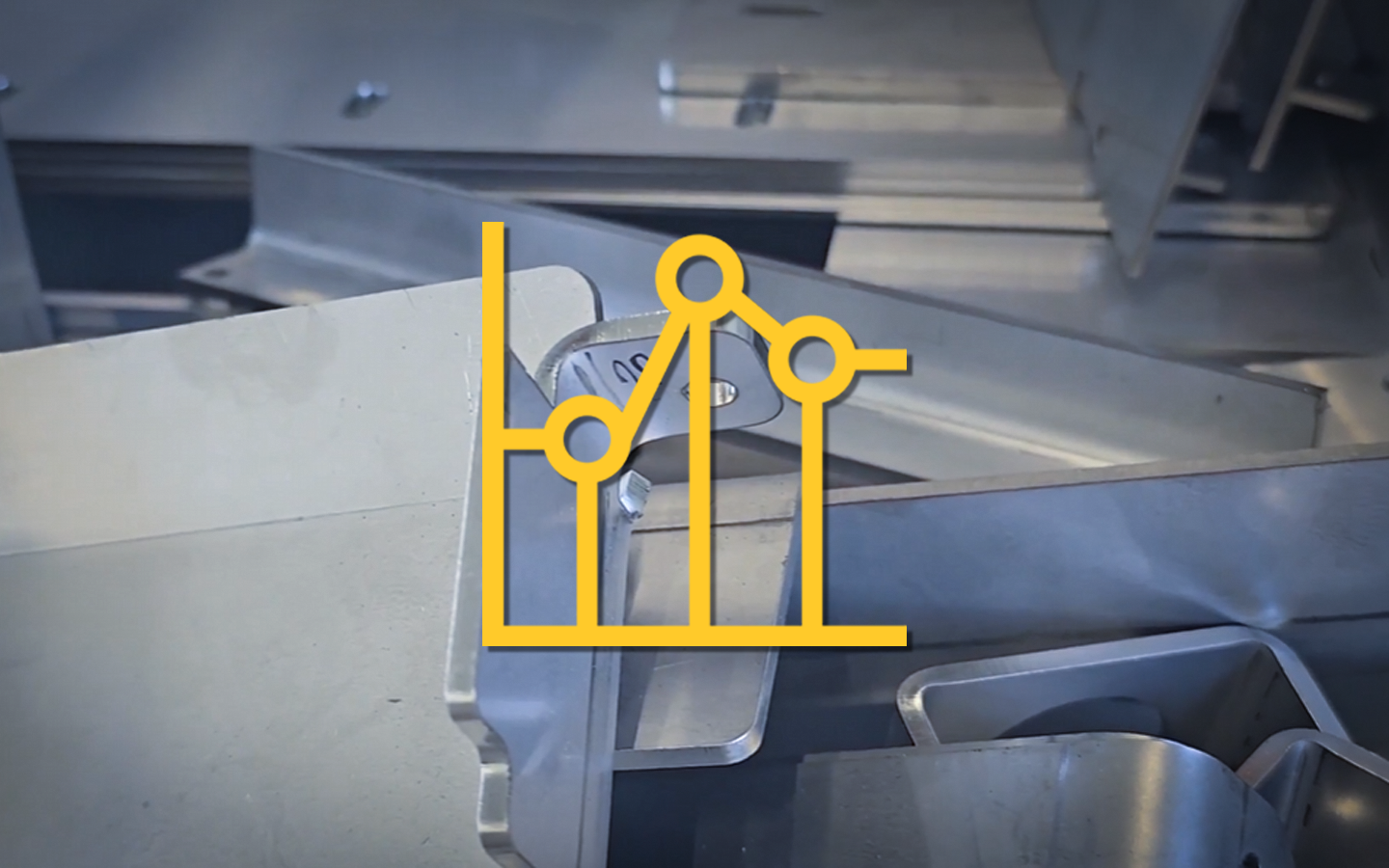Yield strength of stainless steel
Stainless steel is a material that has been extremely popular in various industries for years. Its unique properties, such as corrosion resistance, durability and aesthetic appearance, make it an indispensable component in construction, tool making, kitchen appliances and even the automotive industry. One of the key parameters that defines the behaviour of stainless steel under loads is the yield strength. Therefore, below we will take a closer look at what this yield strength is, its importance for stainless steel and what factors influence its value.
What is the yield point?
Yield strength is one of the basic mechanical parameters of materials, including, of course, stainless steel. It defines the maximum stress that a material can withstand before it changes from an elastic to a plastic state. In other words, it is the point at which a material begins to deform permanently and its deformation will not disappear when the load is removed.
For many engineers and designers, yield stress is a key indicator because it allows them to assess how a material will behave under load in practical applications. Indeed, exceeding this limit can lead to permanent deformation and, in extreme cases, even structural failure, which, in the case of stainless steel, can have serious consequences, especially in load-bearing structures or in equipment operating under pressure.
Yield strength and types of stainless steel
It is worth being aware that stainless steel is not a homogeneous material – this means that there are many types of stainless steel, which differ in their chemical composition, crystal structure and mechanical properties. Depending on the type of stainless steel, the yield strength can therefore vary considerably. The most commonly used stainless steels can be divided into three main groups: austenitic, ferritic and martensitic.
Austenitic steels – are the most common grades of stainless steel, characterised by high corrosion resistance and good yield strength. Yield strengths for austenitic steels typically range from 200 to 300 MPa (megapascals). Due to their structure, they are less susceptible to hardening by heat treatment, but respond well to mechanical processes such as cold rolling.
Ferritic steels – have a lower nickel content than austenitic steels, making them more economical. The yield strength for ferritic steels is typically between 250 and 400 MPa. While less corrosion resistant than austenitic steels, they have better thermal conductivity and a lower coefficient of thermal expansion.
Martensitic steels – are characterised by high hardness and strength, with yield strengths ranging from 350 to even 500 MPa. They are less corrosion resistant compared to austenitic and ferritic steels, but their tensile strength makes them an ideal choice for applications requiring high mechanical strength.
Factors affecting the yield strength of stainless steel
The yield strength of stainless steel can be modified by factors such as heat treatment, forming, and the chemical composition of the alloy.
Heat treatment – Processes such as quenching, tempering or annealing significantly affect the mechanical properties of steel, including its yield strength. For example, martensitic steel subjected to quenching can significantly increase its tensile strength, which in turn increases the yield strength.
Forming – Cold rolling or wire drawing are processes that can increase the strength of stainless steel by hardening its crystalline structure. As a result of these processes, the yield strength can increase, allowing thinner but equally strong components to be used.
Chemical composition – The addition of certain alloying elements, such as chromium, nickel, molybdenum or manganese, is able to alter the properties of stainless steel, including its yield strength. The addition of molybdenum, for example, increases the corrosion resistance of the steel as well as its strength, with a consequent increase in yield strength.
The importance of yield strength in practice
As we mentioned at the outset, knowledge of the yield strength of stainless steel is crucial in the design of structures, machines or components subjected to high mechanical loads. In engineering practice, it is often assumed that the stresses acting on a material should not exceed 60-70% of its yield strength to ensure an adequate safety margin.
Therefore, the selection of the right grade of stainless steel with respect to its yield strength allows for the optimum design of components that are not only durable but also safe to use. In load-bearing structures, where both strength and corrosion resistance are important, this approach is essential to avoid failure and ensure the longevity of the structure.



